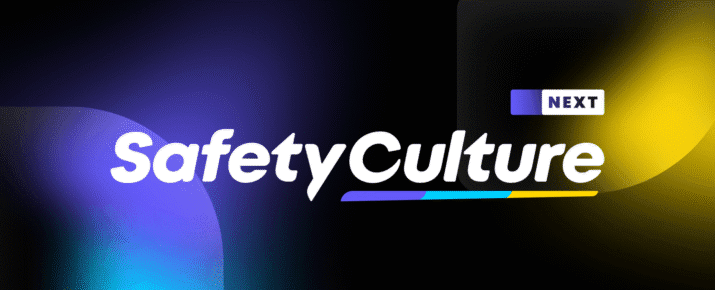FDA and Suppliers Must Work Together to Solve Food Safety Crisis
SafetyCulture News | By | 26 Dec 2018 | 3 minute read

The United States has one of the safest food supplies in the world but foodborne disease outbreaks and unsafe food conditions continue to plague retailers and customers year after year.
Most recently, Wegmans cauliflower products were recalled over E.coli fears and more than 29,000 pounds of frozen Jimmy Dean sausage links were pulled from the shelves after consumers reported finding metal shards inside of them. Earlier this month, 12 million pounds of raw US beef was recalled for fear of salmonella infection after 246 illnesses were reported. But those are just some of the latest headlines.
In the last few weeks there’s also been an E. coli outbreak traced to romaine lettuce from the Central Coastal growing regions in Northern and Central California. 48 people in 12 states became seriously ill. According the Centers for Disease Control and Prevention, about 48 million people (1 in 6 Americans) get sick, 128,000 are hospitalized, and 3,000 die each year from foodborne diseases.
Why does this type of contamination and illness continue to damage the industry when there’s technology available now that could significantly reduce the risk of food-borne disease, by making it easier to track produce from farm to table, and everywhere in between?
The FDA should consider requiring the digitization of safety and quality processes, and suppliers should welcome it. Simple digital solutions could be the key to preventing future E. coli related illness and death.
By the time produce hits US grocery store shelves, it has gone through myriad processes and passed through numerous handlers. There are a proliferation of points in the production process where contamination could occur: wild animals roaming, irrigation water from nearby pastures or feedlots, contamination from unclean machinery that trims, chops and packages crops. So many moving pieces.
At SafetyCulture we’ve developed a system that is focused on helping manufacturers maximize assets throughout their enterprise by connecting people to digital safety and quality programs. We believe this is essential to success and crucial to improving food safety in the supply chain.
Increased transparency and scrutiny of the production and manufacturing processes is such a simple way to reduce risk.
Digital processes provide the insight necessary to comply with food safety standards, but adoption in the US is haphazard and incomplete. A survey by Deloitte and the Manufacturers Alliance for Productivity and Innovation earlier this year found that only 28 percent of manufacturers were implementing digital supply chain management, despite almost all of them agreeing it would bring significant benefits to businesses and customers. In fact, as supply chain visibility rises in importance, a mere 6 percent of companies worldwide are using digital methods.
Paper processes simply cannot be trusted. At the most basic level, paper checklists make it impossible to gather real-time data or provide accountability to employees to complete them. With a digital checklist, a problem could be found and addressed in real-time, stopping food borne illness in its tracks by keeping quality control at the center of operations and giving leadership the ability to respond to problems as they arise.
Technology makes food safety management processes simpler and more effective. It increases visibility into practices and creates accountability with alerts and tracking.
A group of leading global food supply chain companies recently partnered with IBM to identify if technology could reduce food contamination by improving transparency and traceability. By keeping a digital record of their product’s journey to the consumer, these organizations found an opportunity to reduce response times to food recalls, lower compliance costs and create new levels of trust with customers.
Organizations can ensure they’re compliant and easily provide records that can be shared with environmental health officers, speeding up the recovery process if a foodborne illness surfaces. Potential issues can be spotted and dealt with earlier in the process, before products hit shelves, alleviating customer concern and a potential public relations nightmare.
With possibilities like that, it seems hard to believe that these tools aren’t already adopted industry-wide. The FDA, growers, suppliers, manufacturers and retailers should be clamouring to get on board.
The technology is there to prevent this from happening again. Let’s use it.
Ross Reed is the President of North America for SafetyCulture. He’s an expert in delivering data-driven satisfaction for customers and has a long history of helping organizations automate operations and eliminate paper-based processes across the globe.
Important Notice
The information contained in this article is general in nature and you should consider whether the information is appropriate to your specific needs. Legal and other matters referred to in this article are based on our interpretation of laws existing at the time and should not be relied on in place of professional advice. We are not responsible for the content of any site owned by a third party that may be linked to this article. SafetyCulture disclaims all liability (except for any liability which by law cannot be excluded) for any error, inaccuracy, or omission from the information contained in this article, any site linked to this article, and any loss or damage suffered by any person directly or indirectly through relying on this information.





